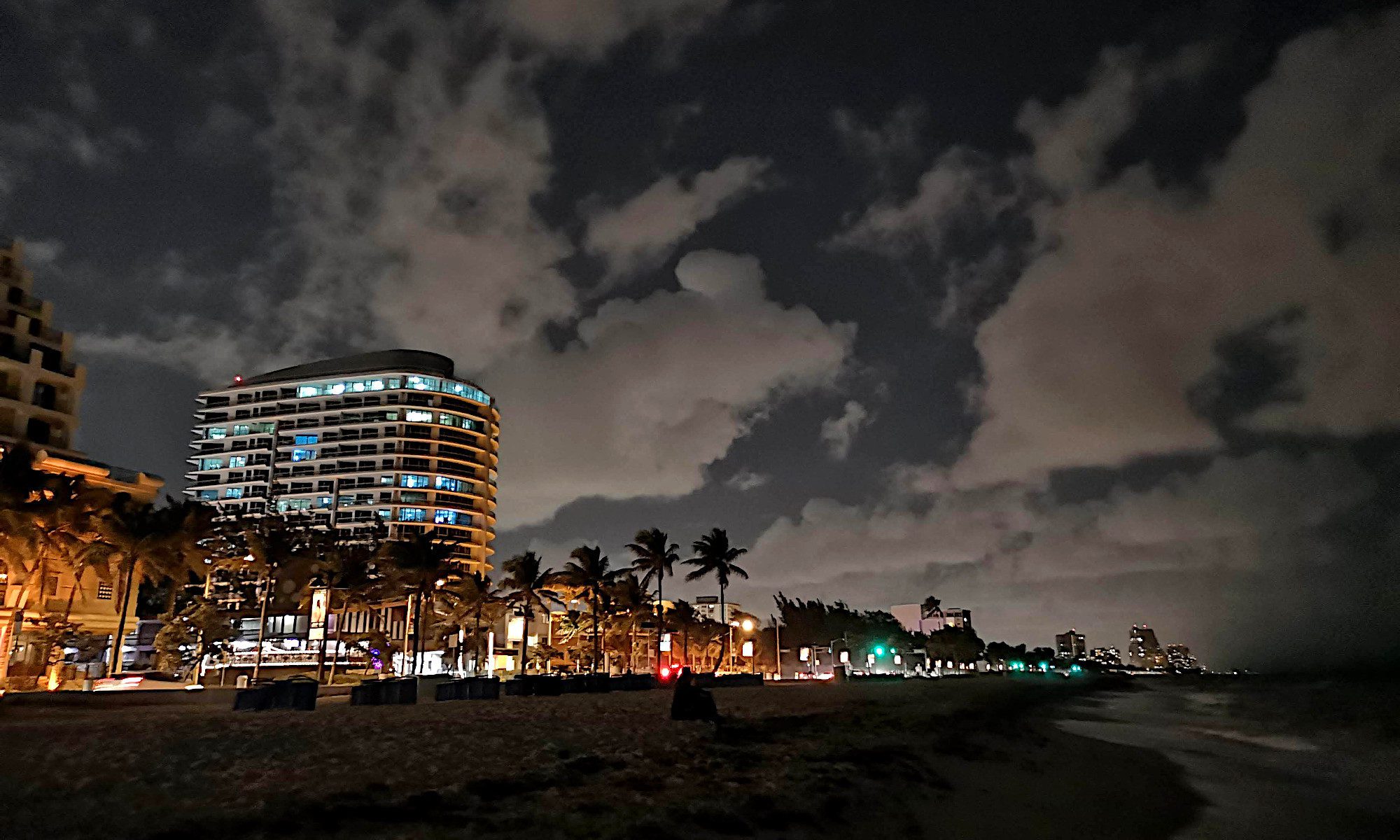
From Quillette: “In the fall of 2004, Frank came up with an idea for a project. After work, he’d drive through the streets of Washington, D.C., with stacks of self-addressed postcards. At metro stops, he’d approach strangers. “Hi,” he’d say. “I’m Frank. And I collect secrets.” Some people shrugged him off, or told him they didn’t have any secrets; others were amused, or intrigued. They took cards and, following instructions he’d left next to the address, wrote down secrets they’d never told anyone before, and mailed them back to Frank. All the secrets were anonymous. They told stories of infidelity, longing, abuse. Some were funny. By 2024, Frank would have more than a million.”
How Japanese Americans created an art form while interned in WWII camps

From High Country News: “As a child, I’d creep down the basement stairs and watch him: hunched over a table, a single lamp lighting his work. The end result: a bird pin so delicate it could fit into the palm of my 8-year-old hand. I always thought they were unique to him. But in recent years, I’ve learned that he was part of something much larger. It all began in February 1942, when President Franklin D. Roosevelt issued Executive Order 9066, which led to the incarceration of roughly 122,000 Japanese Americans. Many were given just 48 hours to pack, forcing them to sell their houses, farms, businesses and possessions. They were sent to 10 War Relocation Authority camps in remote parts of Wyoming, California, Utah, Arizona, Colorado, Idaho and Arkansas.”
Note: This is a version of my personal newsletter, which I send out via Ghost, the open-source publishing platform. You can see other issues and sign up here.
If an elephant’s brain is three times the size why aren’t they smarter than us?

From Nautilus: “If the brain is what generates conscious cognition, having more brain should only mean more cognitive abilities. But here the elephant in the room is, well, the elephant—a species that is larger-brained than humans, but not equipped with behaviors as complex and flexible as ours. Besides, equating larger brain size with greater cognitive capabilities presupposes that all brains are made the same way, starting with a similar relationship between brain size and number of neurons. But my colleagues and I already knew that all brains were not made the same. Primates have a clear advantage over other mammals, which lies in an evolutionary turn of events that resulted in the economical way in which neurons are added to their brain.”
Editor’s note: If you like this newsletter, please share it with someone else. And if you really like it, perhaps you could subscribe, or contribute something via my Patreon. Thanks for being a reader!
A medieval monk crowdsourced a map and created the Google Earth of the 1400s

From Open Culture: “Fra Mauro, a Venetian monk of the late Middle Ages, created the most detailed and accurate world map to that point in human history. As a young man, he had been a soldier and merchant of the famed Venice Merchant Fleet, and he became interested in mapping, and settled in the monastery of San Michelle on the island of Murano. In the 1450s, he was commissioned by King Afonso V of Portugal to create a map of the world. Not only did the map’s physical creation require a team of collaborators, the gathering of its contents relied upon the fifteenth-century equivalent of crowdsourcing. Despite his religious affiliation with the monastery of San Michele, Fra Mauro’s efforts produced an unprecedentedly radical rendition of the world.”
Goats were stuck in traffic so dozens of strangers helped milk them

From the Washington Post: “Jose Garcia was hauling a load of goats to his California dairy farm when he hit a huge snowstorm as he drove through Utah. Traffic was at a standstill. He felt panicked as hours ticked by with snow and high winds swirling around the truck, and no sign of movement on the freeway. The goats needed to be milked every 12 hours or their udders would become painfully swollen and possibly infected. Lisa Fernandez was preparing to close shop for the day at the Tractor Supply Co. store when Garcia rushed in, visibly worried. Fernandez called some of their employees and asked if they would help, and one posted a notice on Facebook. Within 30 minutes, about 40 people showed up to help, even though most had never milked a goat.”
Decaying digital movie and TV show files are a growing Hollywood problem

From The Hollywood Reporter: “While David Zaslav and Bob Iger’s tax-optimization strategy of deleting films and TV shows from their streamers has triggered plenty of agita among creators, the custodians of Hollywood’s digital era have an even greater fear: wholesale decay of feature and episodic files. Behind closed doors and NDAs, the fragility of archives is a perpetual Topic A, with pros sweating the possibility that contemporary pop culture’s master files might be true goners, destined to the same fate as so many vanished silent movies, among them Alfred Hitchcock’s second feature, The Mountain Eagle, and Ernst Lubitsch’s Oscar-winning The Patriot.” (Thanks, David!)
Drone footage captures lava flow from Iceland’s Reykjanes volcano
Acknowledgements: I find a lot of these links myself, but I also get some from other newsletters that I rely on as “serendipity engines,” such as The Morning News from Rosecrans Baldwin and Andrew Womack, Jodi Ettenberg’s Curious About Everything, Dan Lewis’s Now I Know, Robert Cottrell and Caroline Crampton’s The Browser, Clive Thompson’s Linkfest, Noah Brier and Colin Nagy’s Why Is This Interesting, Maria Popova’s The Marginalian, Sheehan Quirke AKA The Cultural Tutor, the Smithsonian magazine, and JSTOR Daily. If you come across something interesting that you think should be included here, please feel free to email me.
